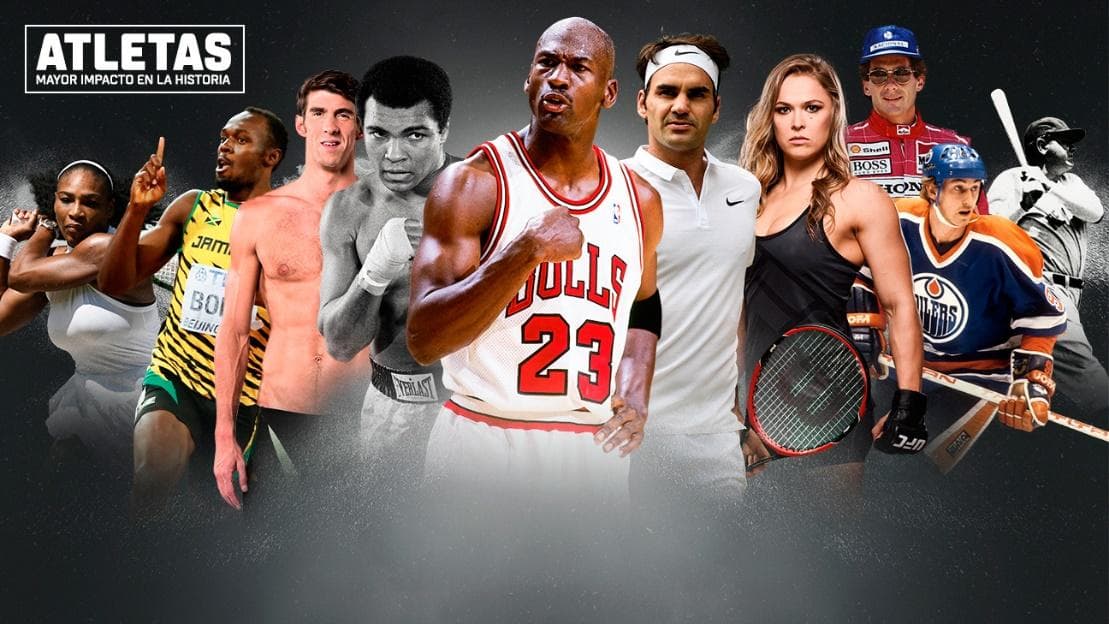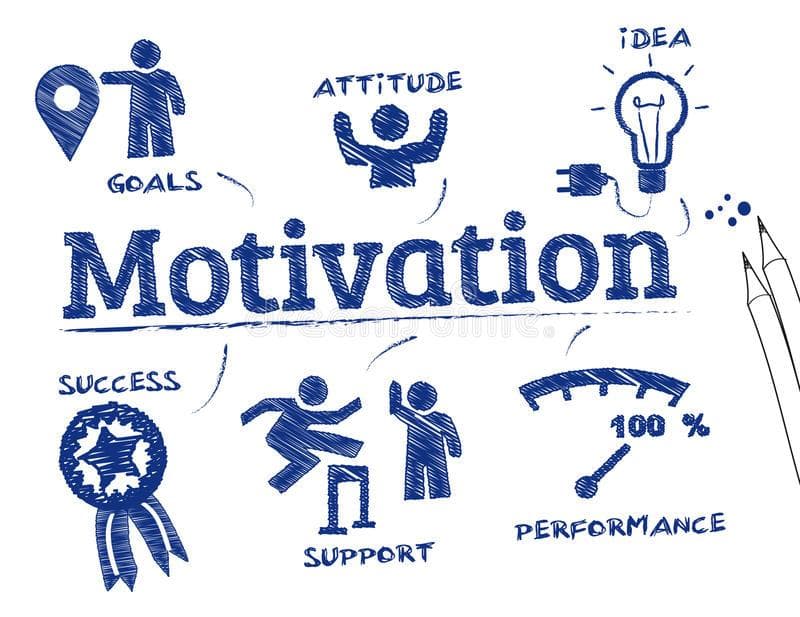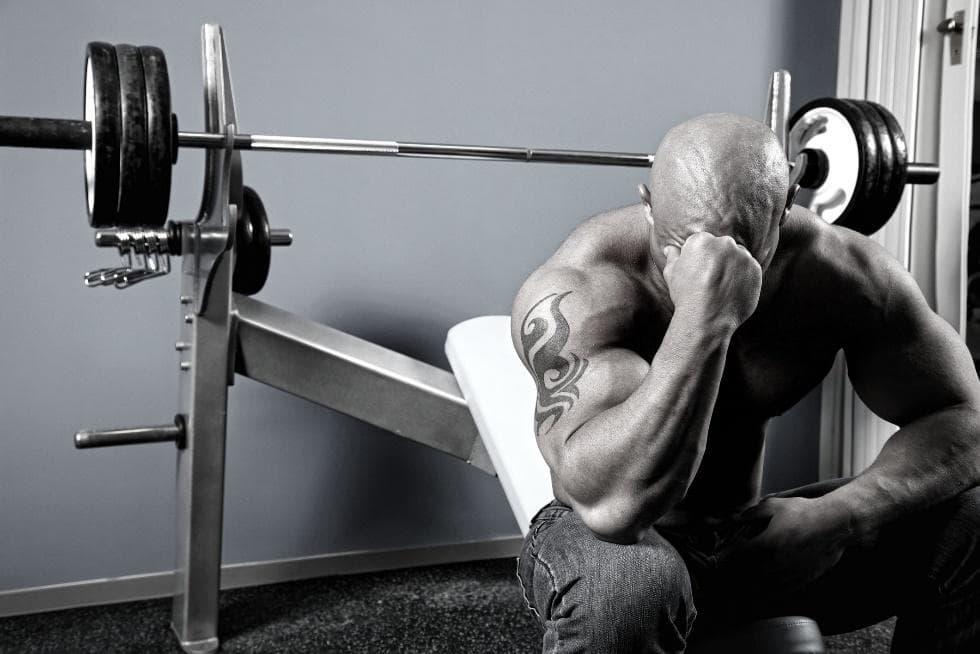16 de January de 2023
How To Motivate Athletes Who Feel Stuck?
Motivation is something very important to know how to manage any high-performance athlete and “amateur” sport. Many times, we coaches think that athletes become machines because they reproduce and reproduce workouts practically every day of their sporting life. However, it is very important that athletes do not stagnate and that they have clear goals and objectives. Motivation is difficult to maintain, all athletes usually start their training sessions or seasons very motivated, but as the year goes by, motivation drops and our athletes may stagnate and their performance maybe stuck as well. Motivating athletes is something that goes hand in hand with the coach or physical trainer. But, as coaches, we must keep in mind that the athlete’s motivation depends on many factors and that there are some in which we can intercede and others we cannot.
What motivates the athlete?
As we have said, the athlete’s motivation depends on many factors. And, each athlete feels motivated by one thing and it does not have to coincide. In fact, athletes do not usually have the same motivations, and, moreover, motivations change over time. Let’s take a very simple example; Conor McGregor can be considered one of the best martial arts fighters of the 21st century. But the motivation with which he started in the world of martial arts is different from the motivation he possesses today. Conor McGregor reportedly started out playing football and it was at the age of 18 after meeting UFC fighter Tom Egan that he began training martial arts. The motivation back then came from Tom Egan planting that seed in Conor. After winning his first fight by “Knock-out” his motivation changed, and hours later he had already signed his first contract to dedicate himself professionally to martial arts and that was his greatest motivation. Little by little he was winning fights until his motivation was to become the number one in each of the weights in which he could compete (feather, lightweight and welterweight). This is an example of how motivations vary throughout the sporting life and what at the beginning was a motivation for Conor, later ceased to be so. His motivation varied over time, but keeping that motivation high has been what has made him one of the best in the world in martial arts.

Source: https://www.abc.es/bienestar/psicologia-sexo/psicologia/abci-motivacion-202005260803_noticia.html
With this example we can see that the motivations of each athlete differ among themselves and differ over time. We could say that they are motivated by being the best, winning money, winning a particular championship, or making their family proud of them. However, there are certain patterns in terms of motivation over time and we can highlight 3 main motivations:
- Be better every day.
- Win the competition you are training for.
- Make history.
However, in today’s blog post, we are going to talk about how to make our athlete not to get stuck either in his sport modality or in his gym training. Before we start with that, we must define 2 important concepts about athlete motivation. Extrinsic and intrinsic motivation.
Intrinsic and extrinsic motivation
Intrinsic and extrinsic motivation are two main types of motivation that guide the athlete. Extrinsic motivation refers to the whole environment surrounding the athlete while intrinsic motivation is the one that depends directly on the athlete and his inner self. For example, an extrinsic motivation could be “I want to be the best athlete in the world because I want to earn a lot of money” while an intrinsic motivation would be “I want to be the best athlete in the world to feel happier”. In psychology, intrinsic and extrinsic motivation are differentiated mainly by what is “inside” the person (intrinsic) and what is “outside” the person (extrinsic).

Source: https://es.dreamstime.com/illustration/motivaci%C3%B3n.html
Regardless, we must be clear that our athlete can have internal and external motivations to exercise. In fact, people who frequent gyms and training places usually have extrinsic and even visual motivations. In other words, they go to the gym to look better and to be seen better. We have been sold a body pattern that makes people feel motivated to have bigger muscles, a narrower waist or stronger arms.
This motivation can become positive, but in many occasions the motivation does not last in time and the motivation is lost very quickly. It is a matter of psychology, when I have in mind to achieve an ambitious goal in record time and making little effort the “failure” is assured. On the contrary, if I set medium-term goals, base those goals on intrinsic and not extrinsic motivation, and let time take its toll, “achievement” is also assured.
Is stagnation normal?

It’s funny, but it seems that being stuck is a problem. It is true that stagnation is a normal process, but nobody likes it. When the human being achieves a goal, he feels euphoria, satisfaction, joy for what he has achieved, but after a while, that achievement is no longer what it was and the human being has the feeling of having stagnated. And it does not only happen with training, it also happens, for example, with the job, with relationships or in the purchase of a house. However, we must accept this stagnation as something natural and review where we have started from and where we are now. When we feel stuck, let’s look at the starting point and evaluate the growth process we have had in the last months or years.
A very common case with elite and “amateur” athletes is the feeling of stagnation when following a weight loss process or when we are looking to improve a personal best. It is very difficult to be consistent and not stop improving. In fact, there comes a time when improvement may even be impossible. It is at those moments that we must realize how much we have improved since we said we started. We must be aware that, for example, we started from a weight of 104 kg and now we weigh 90 kg. We must realize that we used to run the kilometer at 4:30 and now we run it at 4:00. And it is these achievements that should motivate us every day. We should compare ourselves with the me of a few months ago and with no one else.
The same thing happens in the gym. After a while, training it seems that we have not improved because our physique has not changed as much as we would like or because the small changes, we have been achieving seem invisible. However, when we take as a reference our first marks, our first weights or our first photos we see that the change has been quite important. If at the beginning we lifted 50 kg in squat and now we are able to lift 70 kg it means that we have improved and that there has not been a stagnation even though we think so.

Finding motivation again
s we have seen, the athlete’s motivation depends on many factors and it is normal that it suffers fluctuations throughout the years, but there are strategies so that this lost motivation, this stagnation does not diminish the athlete’s personality and his desire to train and to be better. Therefore, it is very important that the athlete knows that he will suffer from this during certain periods of his sporting life. As we always point out, you do not have to be a professional athlete to suffer this loss of motivation or stagnation. “Amateur” athletes and athletes who frequent gyms often feel stagnant on many occasions, but let’s see how to fight against this stagnation and how to maintain the athlete’s motivation.
First of all, the most important step is for our athlete to know that he or she will go through different phases during the year. There is no football, basketball, handball, handball team or individual athlete in swimming, tennis or paddle tennis, who is not going to go through this situation throughout his or her sporting life. Therefore, a good way to best address the athlete’s loss of motivation and stagnation is to get to know how the athlete is going to feel at that moment.
Once the athlete accepts that there is going to be a period of stagnation, he or she begins to work on strategies to get out of it and to regain motivation. For example, one way to maintain the athlete’s motivation is to be aware that small accomplishments allow motivation to remain high. Let’s take a simple example. A 100m sprinter knows perfectly well that his marks are not going to improve in an exaggerated way throughout his sporting life, so allocating all the motivation to achieve better marks can be a mistake. However, if we set simple and achievable goals during the season, the athlete’s motivation may remain high. An example of small, attainable achievements would be:
- Finish the first quarter of the season without any muscle discomfort.
- Get used to the new shoes I’ve acquired.
- Perform all the trainings that are scheduled by the coach.
- Maintain the mark obtained in the last championship.
If these objectives pose a small challenge for the athlete and can be quantified, they will keep the athlete’s motivation high. There may be a stagnation in sporting performance, but there is no stagnation in the other areas we have discussed, but we have managed to finish the quarter without pain, with very good feelings about the new shoes, we have managed to train very well every day of training and we have not worsened our performance. Therefore, we have managed to keep our athlete motivated because we have given him these small “rewards” throughout the first quarter. Therefore, we believe that setting short-, medium- and long-term goals is key to keep the athlete’s motivation high.
Not only that, but finding the motivation to keep improving in sport is crucial at times. If the athlete fails to do so, he or she can fall into monotony, loss of focus and despair. If, for example, we have lost motivation in the gym and believe we are stuck in an exercise is as easy as changing that exercise and give a new stimulus to the body. If I haven’t improved in the leg press for 3 weeks, it might be a good time to give that exercise a little rest and add a variation that will allow me to continue progressing and then come back stronger to that exercise.
And this is extensible to a training method for example and sowe see it in professional athletes. If, for example, a way of playing basketball no longer likes or motivates my team, it will cause me to lose the desire to play and start losing performance. And this is extensible to a training method for example and we see it in professional athletes. If, for example, a way of playing basketball no longer pleases or does not motivate my team, I will lose the desire to play and begin to lose performance. A change of coach, a new philosophy or a new training methodology can bring back the motivation of our athletes.
Conclusion
By way of conclusion, let’s highlight as we do with each of our blog posts what defines an athlete’s motivation and how to avoid stagnation. The athlete’s motivation depends on intrinsic and extrinsic factors, both of which can be modified with the corresponding strategy. The establishment of short-, medium- and long-term objectives is key to the management of the athlete’s motivation. Finally, in situations of stagnation there is nothing better than a change in behavioral, physical, methodological or environmental level. In this way, we will achieve that our athlete maintains high motivation.
On the other hand, the education of the athlete is key. Teaching them that they will go through different stages in their professional career and that it is okay to lose focus or motivation for a period of time is crucial. And, of course, working with him to redirect him when this happens will keep our athlete in the best shape possible and his performance as well.
Unai Adrián Perez de Arrilucea Le Floc’h
References
1.Iriarte M. ¿ “Intrinsic” and “extrinsic” motivation. Retrieved from: https://wwwincress.com/wpcontent/uploads/2011/05/13-Motivacion_Intrinseca_Extrinseca pdf. 2007.
2.Mageau GA, Vallerand RJ. The coach–athlete relationship: A motivational model. Journal of sports science. 2003;21(11):883-904.
3.Nope DC, Petro JL, Bonilla DA. Factors that influence the motivation of the athlete. Body, Culture and Movement. 2020;10(2):61-77.
4.Portabales Pardo M. Burnout syndrome in athletes. 2018.

